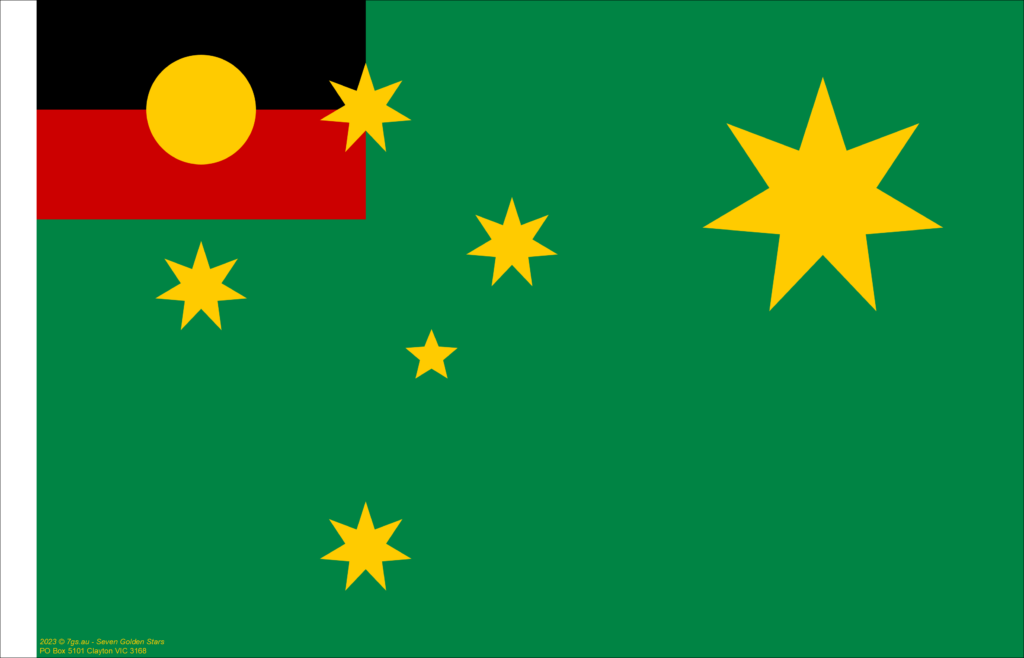I have just posted on becrux.substack.com
https://becrux.substack.com/?r=1cn75k&utm_campaign=pub-share-checklist
I have just posted on becrux.substack.com
https://becrux.substack.com/?r=1cn75k&utm_campaign=pub-share-checklist
There was a time when the people of Western Australia were so sold on leaving Australia, they held a state referendum to get a sense check – and the majority of people voted ‘yes’.
But despite sustained efforts to separate from the rest of Australia, WA could not pull off “WAxit” to create “Westralia” (yes, both of those are real terms used over the years).
And the idea of seceding from the rest of Australia was not a one-off fantasy. It’s entrenched in WA’s history – even before federation – and the state almost didn’t join Australia to begin with.
https://www.sbs.com.au/news/the-feed/article/this-state-wanted-to-leave-australia-so-badly-it-had-a-referendum/p15epfk0m
Here is a diagram that shows how an election for the Australian of the Year can replace the monarch as head of state for Australia.

https://7gs.au/wp-content/uploads/2023/09/Structure_of_Australia_Round_Robin.png

Design of 7gs flag in green and gold

Physical flag
This 7gs flag has a blue background and gold stars. The colours of the Aboriginal Flag are included in the canton. The size of the flag is 150 x 100cm,

Design of 7gs Flag

Photo of the physical flag
Australia’s $368 billion AUKUS submarine deal raises more questions than it answers. Led by Scott Morrison, a prime minister who had a habit of covert dealings and fudging reality, it is one of the most egregious expenditures in the nation’s history. In this new series, investigations editor David Hardaker delves into the reality of the political relationships with defence and its lucrative contracts.
https://www.crikey.com.au/topic/inside-aukus/
https://www.facebook.com/interestingengineering/videos/662395635773083/?mibextid=rS40aB7S9Ucbxw6v
https://en.wikipedia.org/wiki/Gotland-class_submarine
Deisel/ electric submarines need to surface for air every few days.
One of the supposed advantages of nuclear submarines is they can stay submerged for weeks or months without needing to surface for air.
The Gotland class of submarines from the Kockums shipyard in Sweden are the first to be powered by sterling engines while submerged. It allows them to stay submerged for weeks at a time, and they are also very quiet, stealthy and highly maneuverable. In trials, they have recorded significant kills.
What criteria were used to select nuclear-powered submarines for Australia? They are an extremely poor choice on cost and times scale to deliver. It would take decades to build up the infrastructure and expertise to be able to manage and handle nuclear-powered vessels. The political issues with nuclear power alone are a major barrier to a successful program.
Australia currently has a fleet of six Collins-class submarines. The Gotland class of submarines would be worth exploring, as they were both based on designs by the Kockums shipyards in Sweden and the transfer of technology would be more seamless, compared to nuclear-powered submarines. With sterling engines they may offer many of the advantages that the nuclear-powered submarines are supposed to offer.
The Collins class is an enlarged version of the Kockums Västergötland-class submarine.
https://en.wikipedia.org/wiki/Collins-class_submarine